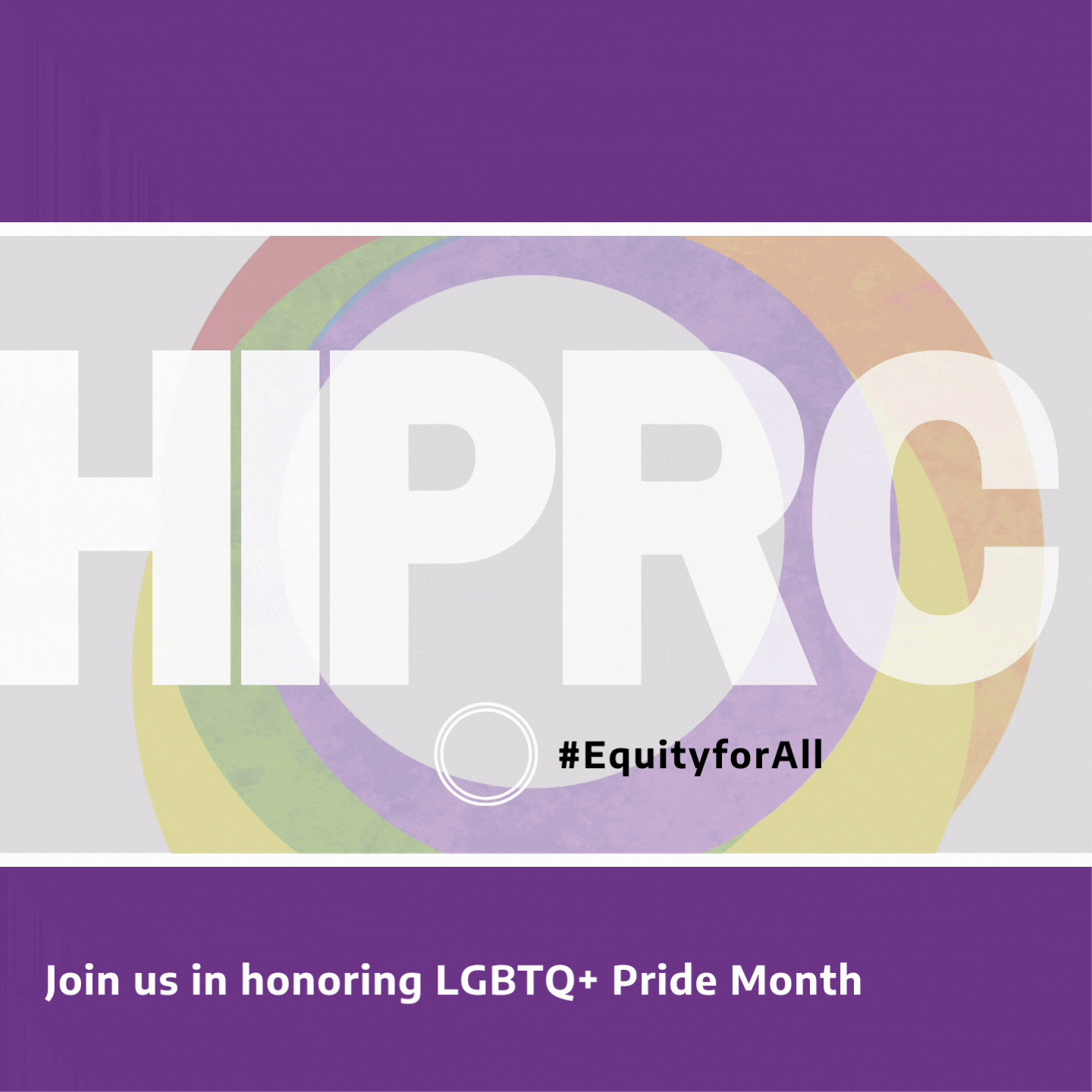

Lesbian, Gay, Bisexual, Transgender, and Queer (LGBTQ+) Pride Month is currently celebrated each year in the month of June to honor the 1969 Stonewall Uprising in Manhattan. Today, there are approximately 1.6 million trans adults in the U.S. (Reuters) and an estimated 35,950 trans adults and youth in WA state (Pride Survey Report: Public Health- Seattle & King County).
Origin and history of Pride Month
The first Pride marches happened in June of 1970, a year after the Stonewall Uprising of 1969 where trans people, gay people, drag queens and others in the LGBTQ+ community rebelled against a police raid of a gay bar. Raids like this were common, and it was not legal or safe for many LGBTQ+ people to be open about their identities in public. This uprising became a defining moment in LGBTQ+ liberation, though people in the community had been fighting for equality long before. In 2016, the site of the Stonewall Uprising was turned into a national monument.
It’s important to recognize that the LGBTQ+ community is incredibly diverse, including people of all races, abilities, religions and countries of origin. Black and other people of color have always been at the center of this fight. Black, self-identified drag queen Marsha P. Johnson and transvestite (transgender) Latina woman Sylvia Rivera are often recognized as playing an important role in the Stonewall Uprising and other activist movements. All LGBTQ+ identities are valid and should be respected and celebrated.
The Meaning of the Transgender Flag
The transgender flag is an important symbol for the LGBTQIA+ community and their allies, and without transgender people, there would be no Pride.
To strive for transgender rights is to strive for human rights.
“To see the transgender flag displayed at NIH on Transgender Day of Visibility reminded me that despite all the anti-trans rhetoric in recent years, there is a powerful movement underway to recognize and celebrate difference as a core principle by which we must all continue to aspire,” stated Courtney White, Senior Administrative Officer, National Institute of Mental Health.
Today, the Intersex-Inclusive Progress Pride Flag designed by Valentino Vecchietti adds the intersex community to the Progress Pride Flag. This 2021 update serves as the most current LGBTQIA+ flag.
To learn more about the variations of the Pride flag representing diverse, intersectional identities, visit the Human Rights Campaign at hrc.org.
The importance of supporting gender-diverse people
Even though progress has been made since the 1970s, many LGBTQ+ people still face discrimination and violence, especially transgender and non-binary people and LGBTQ+ people of color. There are currently more than that have been proposed, passed or are being considered throughout the country, many of them targeting transgender people and gender-affirming care specifically.
Trans and nonbinary people are JUST PEOPLE.
Resources (LGBTQ+)
Honoring LGBTQ+ people should happen year-round — this list of resources can help:
Recommended Reading
Visit
Hashtags